- EasyCard
- Trade
- Help
- Announcement
- Academy
- SWIFT Code
- Iban Number
- Referral
- Customer Service
- Blog
- Creator
USDT Payment Practical Guide: Covering Shopping, Dining, and Transportation

Image Source: pexels
You can easily use USDT to pay for travel expenses with a cryptocurrency payment card or a simple scan. This novel payment method is attracting the attention of global travelers, and you are not alone.
According to a Statista.com survey (2022), consumer interest is evident:
- 64% of consumers are interested in using cryptocurrency to pay for travel products.
- 44% of consumers are willing to use it to book hotels.
Stablecoin transactions are rapid and unrestricted by traditional banks, advantages that have driven their astonishing growth, with last year’s adjusted transaction volume approaching 5.7 trillion USD. Mastering how to safely use stablecoins can truly make your digital assets “flow” during your trip.
Core Points
- Before traveling, set up a USDT wallet, purchase USDT and transfer it to the wallet, then apply for a cryptocurrency payment card.
- Using a cryptocurrency payment card, you can spend anywhere globally that accepts Visa or Mastercard, just like using a regular bank card.
- In shopping, dining, and transportation scenarios, you can use crypto cards or pay directly with USDT; many online platforms also support USDT bookings.
- Before each USDT transfer, carefully verify the recipient address and network; small test transfers can avoid fund loss.
- Understand the fees of crypto cards and prepare traditional payment methods to handle emergencies.
Pre-Travel Preparation: Start Your USDT Payment Journey
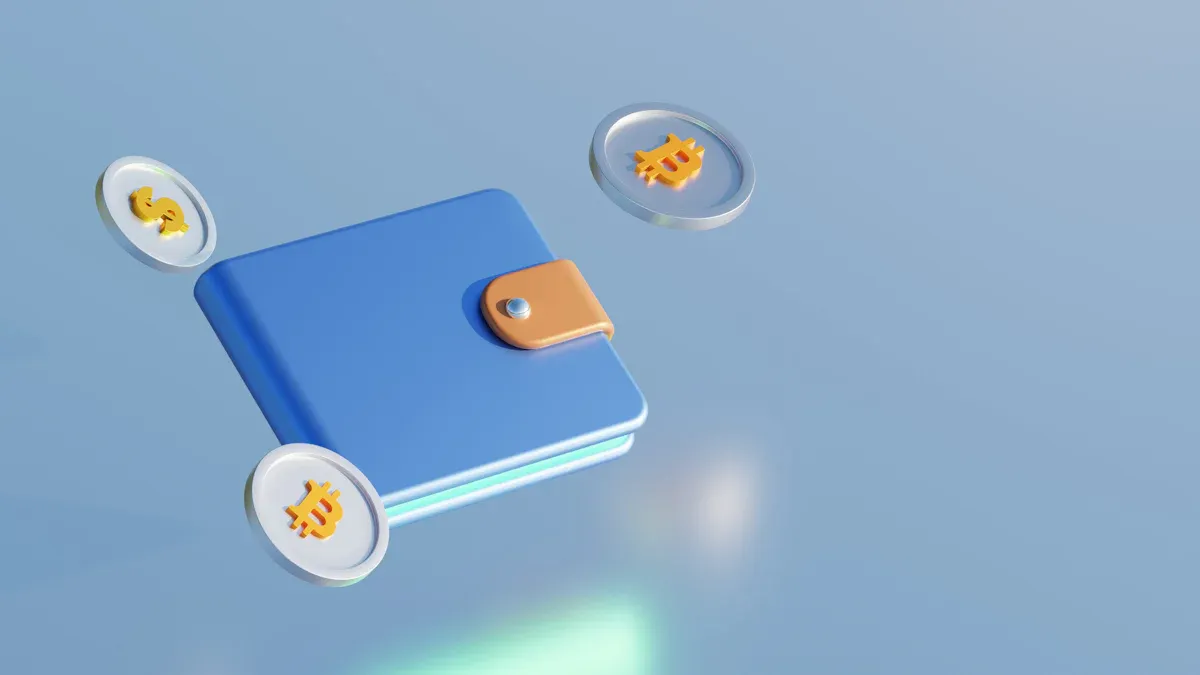
Image Source: unsplash
Before embarking on your journey, some simple preparations can make your USDT payment experience smoother. These three steps will lay a solid foundation for you.
Set Up Your USDT Wallet
Your digital wallet is the starting point for managing USDT. You can choose mainstream apps like Trust Wallet, MetaMask, or Binance Web3 Wallet. Security is the top priority when setting up a wallet.
Security Tip: Protect Your Digital Assets
- Backup Seed Phrase: Write down the 12 or 24-word seed phrase on paper and store it in a safe place. Never take screenshots or store it online.
- Set a Strong Password: Create a unique strong password for your wallet app.
- Beware of Phishing: Download wallets only from official websites and avoid clicking on links of unknown origin.
After completing these steps, your wallet is ready.
Purchase and Transfer USDT
Next, you need to purchase USDT through a compliant cryptocurrency exchange. OKX and Binance are good choices, with OKX’s user interface possibly more intuitive for beginners. After purchasing, you need to transfer the USDT to your personal wallet.
When transferring, choosing the correct network is crucial as it directly affects handling fees. The TRC20 network is usually the best choice for small, high-frequency transfers.
| Network | Fee Range (USD) | Best Use Case |
|---|---|---|
| TRC20 (Tron) | $1-2 | Frequent, low-cost USDT transfers |
| ERC20 (Ethereum) | $5–$50 | High security, complex transactions |
Choosing the TRC20 network can save you a significant amount of fees.
Obtain a Cryptocurrency Payment Card
Currently, the most convenient way to use USDT for daily spending is to apply for a cryptocurrency payment card. Visa or Mastercard cards provided by companies like Biyapay are a great example. The application process usually requires you to complete identity verification (KYC). Once approved, you can top up the card with USDT from your wallet. This way, you can swipe to pay anywhere globally that accepts Visa or Mastercard. Mastering this method is a key step to safely using stablecoins.
Payment in Action: Covering Three Core Scenarios
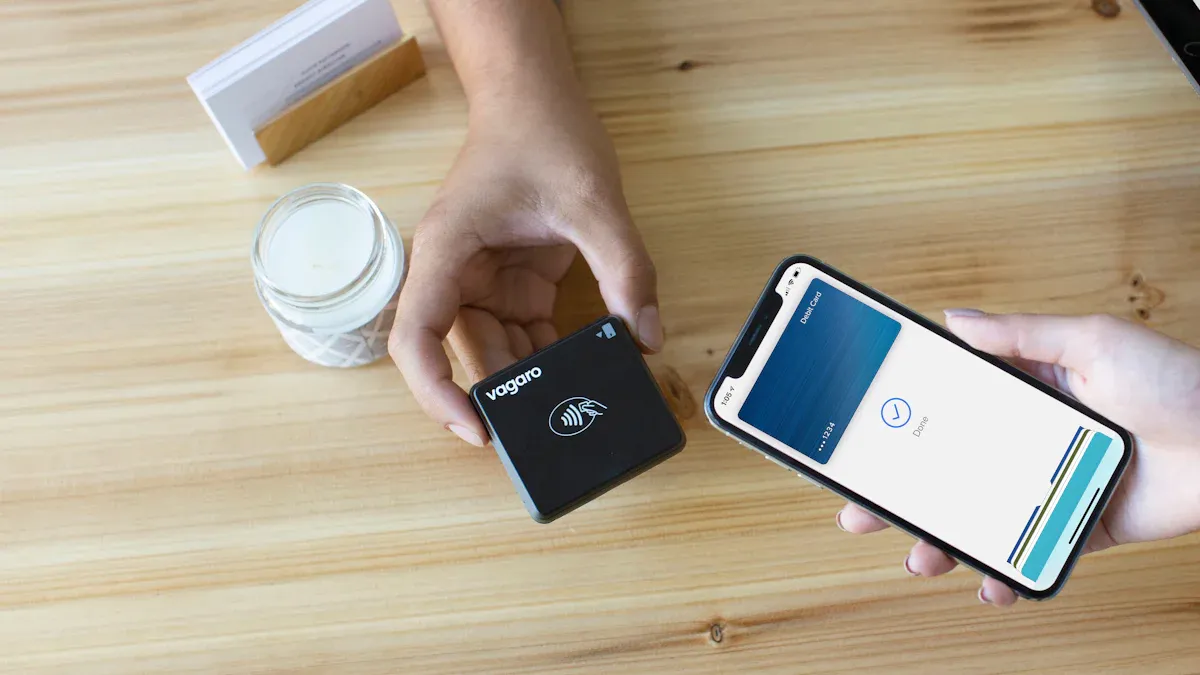
Image Source: unsplash
After completing the preparations, you can actually use USDT during your trip. Whether shopping, eating, or traveling, you have multiple payment options. Below, we explain the specific operations by scenario.
Shopping Consumption: Online and Offline
Using USDT for shopping mainly involves two methods: using a cryptocurrency card or paying directly at supported merchants.
For offline shopping, the cryptocurrency Visa or Mastercard card you applied for is the most useful tool. Its usage is exactly the same as a regular bank card. You simply swipe or tap to pay at checkout, and the system automatically converts and deducts the consumption amount from your USDT balance.
For online shopping, in addition to using a cryptocurrency card, some e-commerce platforms already accept USDT payments directly.
| Retailer/Platform | USDT Payment Method |
|---|---|
| Shopify | Accepts USDT through integration with crypto payment gateways like Cryptomus |
| Crypto Emporium | Fully crypto-based payments, supports USDT and other cryptocurrencies |
| Newegg | Accepts USDT payments through BitPay |
In addition, more and more mainstream brands are accepting cryptocurrencies through third-party payment gateways (such as BitPay, Flexa). This means your payment options are constantly expanding.
- PayPal: Allows users to pay with their cryptocurrency holdings.
- AT&T: Accepts cryptocurrency bill payments through partnership with BitPay.
- Home Depot: Accepts cryptocurrency through the SPEDN app on the Flexa network.
- Whole Foods Market: Also accepts payments through the SPEDN app.
Dining Payment: Scanning and Swiping
After dining at a restaurant, you can also easily pay with a cryptocurrency card. The entire process is almost identical to using a traditional credit card, and may even be faster, as you skip entering a PIN or signing.
Did You Know? QR Code Payment Is Becoming a New Trend
Some forward-thinking restaurants are starting to support direct payment via QR codes. You simply scan the QR code provided by the merchant with your mobile wallet (such as BitPay or NOWPayments wallet), confirm the amount, and complete the payment. This method bypasses banks and card organizations, achieving peer-to-peer transactions from your wallet to the restaurant’s account, as convenient as using digital cash.
Although restaurants directly accepting USDT QR code payments are still in the minority, many well-known chain brands have joined the crypto payment ecosystem in various ways.
| Restaurant Name | Cryptocurrency Payment Method |
|---|---|
| Starbucks | Top up gift cards via Bakkt App or pay via SPEDN app |
| Subway | Some stores accept direct payments or use through purchasing gift cards |
| Burger King | Has conducted cryptocurrency payment pilots in markets like Germany and Brazil |
| Takeaway.com | Accepts cryptocurrency payments (one of Europe’s leading food delivery platforms) |
The most reliable method remains using your cryptocurrency card, ensuring you can successfully pay at the vast majority of restaurants worldwide.
Transportation: Ride-Hailing and Ticketing
Transportation is a necessity in travel, and USDT can also be useful in this scenario.
For ride-hailing, apps like Uber or Lyft do not yet directly accept cryptocurrency. However, you can easily bind your cryptocurrency payment card to their payment methods. This way, after each trip, the fee is automatically deducted from your USDT balance, with an experience identical to binding a regular credit card.
For purchasing flight or train tickets, the situation is much more optimistic. Many online travel agencies (OTAs) specifically serve cryptocurrency users, allowing you to book directly with USDT.
- Alternative Airlines: Supports over 100 cryptocurrencies, including USDT, for booking tickets from over 650 airlines worldwide.
- Bitcoin.Travel: A leading crypto travel platform accepting USDT and over 2500 other cryptocurrencies.
- Destinia: Accepts cryptocurrency for booking flights and hotels.
- AirBaltic: The world’s first airline to accept cryptocurrency, supporting stablecoins like USDT.
Fee Reminder: Hidden Costs of Cross-Border Consumption
When using a crypto card funded with USDT overseas, pay attention to two potential fees. Understanding these is a key part of safely using stablecoins.
- Cryptocurrency Conversion Fee: If your card needs to convert USDT to fiat currency (such as USD or EUR) to complete the transaction, the issuing institution charges a conversion fee, usually between 0.5% and 1%.
- Foreign Exchange (FX) Fee: If the consumption currency differs from the card’s settlement fiat currency (e.g., you spend JPY in Japan, but the card settles in USD), the issuing institution (such as Visa/Mastercard) charges an FX fee, usually around 0.5%.
For example, for a $100 transaction involving both fees above, the USDT you ultimately pay may be slightly more than 100. Therefore, when applying for a card, be sure to carefully read its fee description.
Safely Using Stablecoins: Risks and Contingency Plans
Although USDT payments bring great convenience to travel, you must also understand potential risks and prepare. Mastering contingency plans is an important part of safely using stablecoins.
Finding Merchants That Accept USDT
In addition to using a cryptocurrency card, you can also find merchants that directly accept USDT payments. In some regions, this is more common than you might think. For example, in cities like Beirut, many local shops and services have adopted USDT as a daily payment method.
You can use the following tools to discover crypto-friendly merchants nearby:
- Coinmap.org / btcmap.org: Community-driven maps marking physical stores worldwide that accept cryptocurrency.
- BitPay Directory: A dedicated directory for finding online and offline merchants that accept cryptocurrency.
- Bitrefill: Use USDT to purchase gift cards from hundreds of mainstream brands, indirectly spending almost anywhere.
Transaction Security Checklist
Every time you perform a USDT transfer, be sure to follow this security checklist to protect your assets.
Pre-Transaction Verification Points
- Verify Address: Copy and paste the recipient address, then carefully check if the first and last few characters match exactly.
- Confirm Network: Confirm with the recipient which network they need (TRC20, ERC20, etc.). Choosing the wrong network will result in permanent loss of funds.
- Small Test Transfer: If transferring to an address for the first time, send a small amount (such as $5 USDT) for testing.
The table below can help you identify address characteristics of different networks:
| Network Type | Address Feature |
|---|---|
| TRC-20 (Tron) | Starts with “T” |
| ERC-20 (Ethereum) | Starts with “0x” |
| BEP-20 (BSC) | Starts with “0x” |
Additionally, beware of transaction risks on public Wi-Fi and note possible annual fees or conversion fees from cryptocurrency cards.
Common Issues and Emergency Solutions
Unexpected issues always arise during travel. Knowing how to handle them in advance can make you more composed.
- Issue: What if my cryptocurrency card is lost or stolen? Solution: Immediately open your issuing institution’s App (such as Crypto.com, Cryptopay) and use the “Freeze Card” or “Lock Card” function. Then, contact them via in-app online support to report the situation.
- Issue: What if I lose my phone with USDT in the wallet? Solution: Your assets are safe. Because non-custodial wallet assets are stored on the blockchain, not on the phone. Simply download the same wallet app on a new phone, select “Import Existing Wallet”, and enter your previously backed-up seed phrase to recover all assets.
- Issue: What if I accidentally send USDT to the wrong network? Solution: First, don’t panic. If the recipient is a centralized exchange (such as Binance, OKX), immediately contact their customer service for help. If you sent to a non-custodial wallet you control that supports multiple networks, your assets may just exist in another format and can be recovered by importing the private key into a compatible wallet. This is an advanced operation but demonstrates that safely using stablecoins requires understanding of the tools.
Applying for a cryptocurrency payment card is the most universal and convenient way to use USDT for travel consumption. To ensure a smooth trip, remember the three security elements.
- Choose the Right Tools: Select reliable wallets and payment cards.
- Verify Information: Confirm transaction addresses and related fees.
- Have a Backup Plan: Carry traditional credit cards or cash.
You can start trying with a small consumption and gradually integrate USDT seamlessly into your travel payment system, enjoying the freedom and convenience brought by digital assets.
FAQ
Is Paying with USDT Legal?
The legality of USDT payments varies by country and region. You need to understand and comply with local laws and regulations. Some regions fully support it, while others have restrictions. Before traveling, be sure to conduct relevant inquiries to ensure your payment behavior complies with local requirements.
What Fees Are Involved in Using USDT Payments?
There are mainly two types of fees. One is the Gas fee paid to the blockchain network during transfers. The other is currency conversion fees or transaction handling fees that the issuing institution may charge when using a cryptocurrency card. Before applying for a card, carefully read its fee terms to avoid unexpected expenses.
Is USDT’s Price Always Equal to 1 USD?
USDT is a stablecoin with its value pegged to the USD. In most cases, its price is very close to 1 USD. However, market supply and demand changes may cause slight price fluctuations. You can check real-time prices on exchanges or market websites anytime.
*This article is provided for general information purposes and does not constitute legal, tax or other professional advice from BiyaPay or its subsidiaries and its affiliates, and it is not intended as a substitute for obtaining advice from a financial advisor or any other professional.
We make no representations, warranties or warranties, express or implied, as to the accuracy, completeness or timeliness of the contents of this publication.
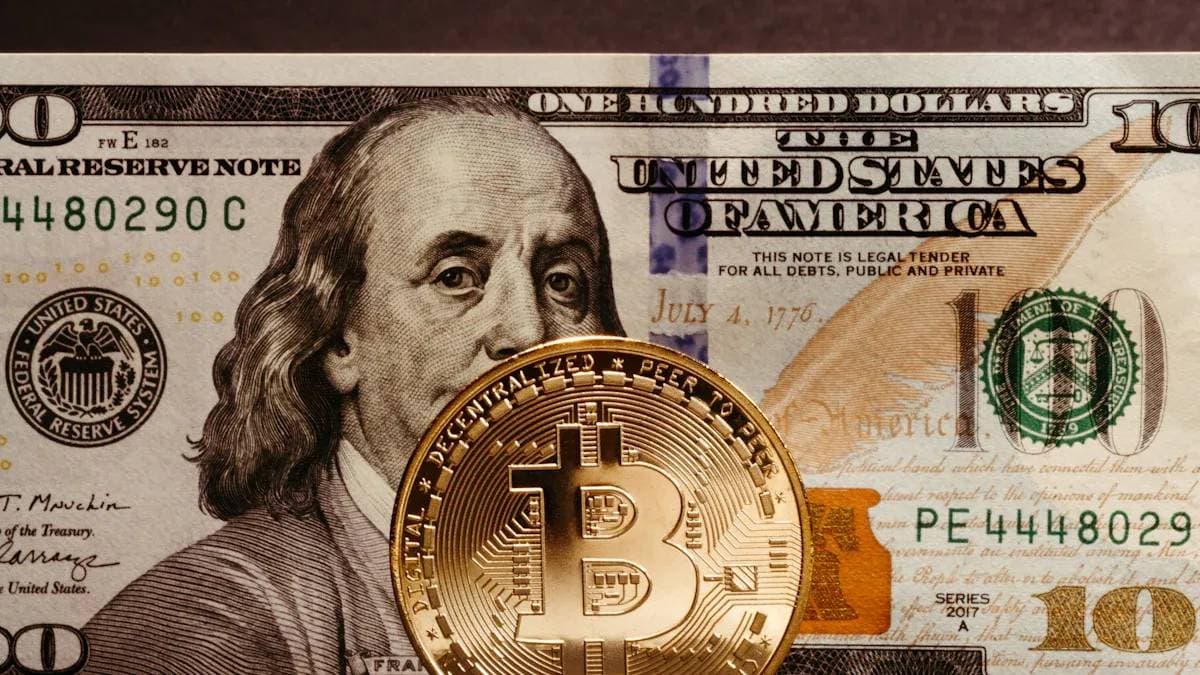
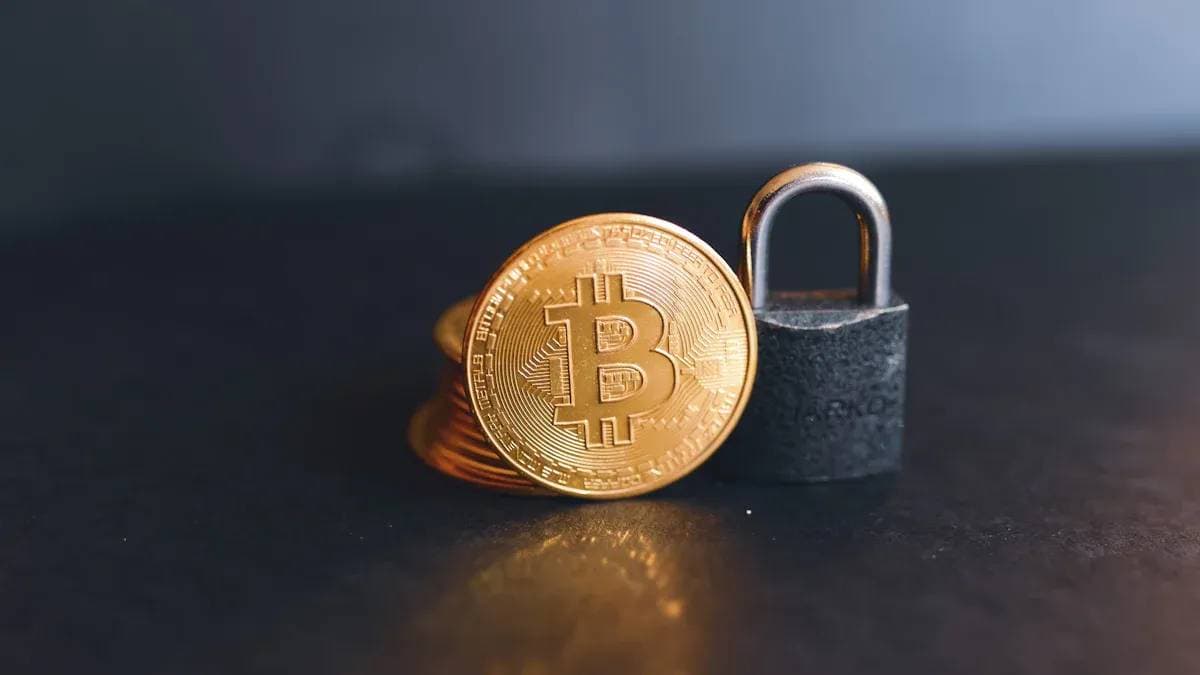
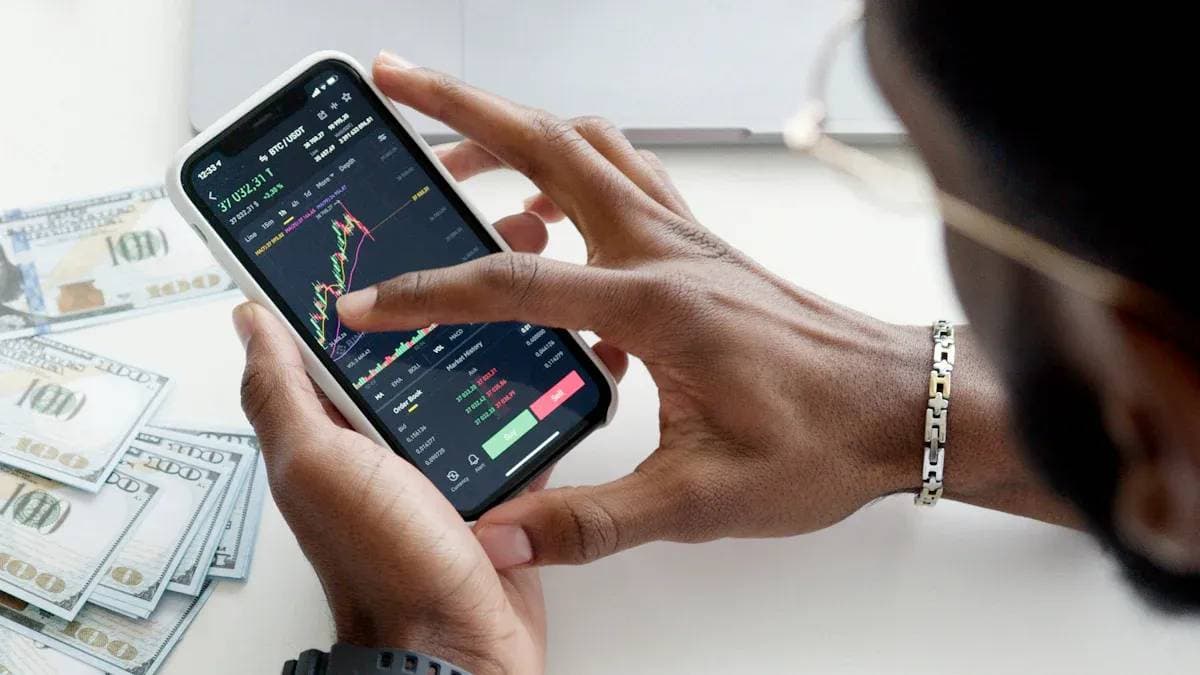

Contact Us
Company and Team
BiyaPay Products
Customer Services
BIYA GLOBAL LLC is a licensed entity registered with the U.S. Securities and Exchange Commission (SEC No.: 802-127417); a certified member of the Financial Industry Regulatory Authority (FINRA) (Central Registration Depository CRD No.: 325027); regulated by the Financial Industry Regulatory Authority (FINRA) and the U.S. Securities and Exchange Commission (SEC).
BIYA GLOBAL LLC is registered with the Financial Crimes Enforcement Network (FinCEN), an agency under the U.S. Department of the Treasury, as a Money Services Business (MSB), with registration number 31000218637349, and regulated by the Financial Crimes Enforcement Network (FinCEN).
BIYA GLOBAL LIMITED is a registered Financial Service Provider (FSP) in New Zealand, with registration number FSP1007221, and is also a registered member of the Financial Services Complaints Limited (FSCL), an independent dispute resolution scheme in New Zealand.



















